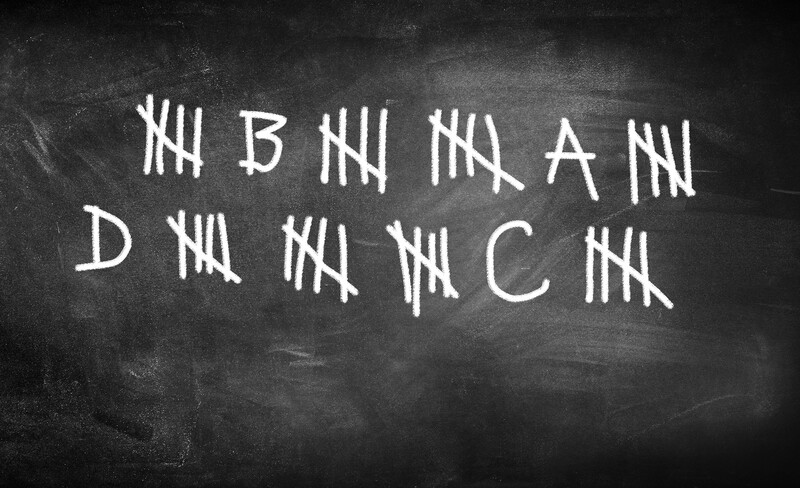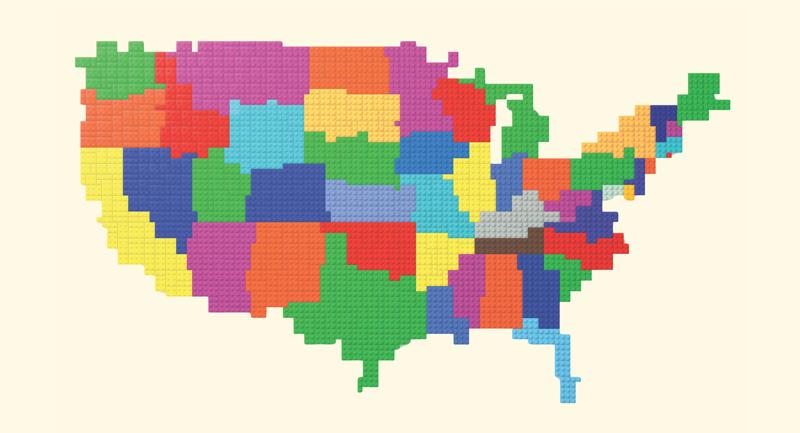Self-Assessment Strategy
At O'Connor Catholic College, we knew we wanted to build on the self-reliance and independence our students had developed during the pandemic. We asked our students to complete a Google Form in each of their subjects, where they reflected on their learning over the term, gave themselves a grade using the national performance descriptors, and then justified it. They also needed to identify what they should do to move their learning forward. Our teachers used the students' self-assessment of their learning to help inform the overall judgement of the demonstration of learning achievement. This self-reflection will now form the basis of student-led conferencing when we return.
—Eli Simpson, assistant principal (learning), O'Connor Catholic College, Armidale, New South Wales
A Should Not Be for "Anxiety"
Just a few weeks into remote learning, reports were coming to us of many challenges to the families of our community in the form of COVID-19 infections, family members quarantined, and some students left with little to no supervision at home because of working parents. We quickly realized the need for a flexible, yet accurate grading system that would put less stress and anxiety on our students. We adapted our grading system to E (Excellent), S (Satisfactory), N (Needs Improvement) and NE (Not Evaluated). We eliminated any grade which would reflect a "failure" for our students because of the variety of home situations, as well as because instruction, while driven by our teaching staff, was also very dependent on our parents and students carrying through in their own homes. Looking ahead, we plan on reassessing this system and making any necessary adjustments should we need to continue or re-enter into remote learning.
—David Waxman, principal, Thomas Jefferson School, Rockaway Borough Public Schools, Rockaway, New Jersey
Credit Where Credit Is Earned
Harlandale ISD serves some of the poorest families in south San Antonio, and the inequities have never been more evident. During remote learning, we followed the traditional grading system, but gave students credit for nontraditional forms of engagement. First, we considered the whole child and vowed to:
- Make contact with and meet the immediate basic housing and food needs of every student.
- Ensure all students received a device and parents received basic technology training.
- Begin instruction immediately for those students with access.
- Take into account the social/emotional wellness of the students and members of the family.
Second, we capitalized on cell phone access by allowing parents to submit nontraditional data [on their child's learning] for teachers to grade. Some students earned credit by:
- Parents texting us a picture of anything the student was doing at home, (for example, if a student pulled weeds, this could be a science grade).
- Engaging in bins of activities (special education).
- Logging in to a Zoom meeting or Google Classroom.
- Completing any portion of the assignment.
- Having their parent notify the school of any difficult circumstance in their family.
Our goal was to prevent a student's grades from dropping after the shift to distance learning. We agreed that students who made no contact with the teacher would receive the same average as the six weeks prior to the pandemic. However, our campus made contact with 100 percent of our students.
—Juanita Santos, elementary principal, Rayburn Elementary in Harlandale ISD, San Antonio, Texas
Flexible Options
My grading policy/process changed in three ways: (1) I immediately shifted to performance task items for assessment. (2) Since my students are young and I could not assume they always had access to adult assistance, I was very flexible with how they could complete and submit any assignment. (3) Finally, rather than simply grading and returning work, if there seemed to be evidence of misunderstanding, I returned the work to the student with suggestions from me on how she might reexamine the topic and resubmit the work.
—Amy Banks, Lower School science coordinator, The Hockaday School, Dallas, Texas
A New Points System
During a typical day in high school civics class, my students receive one point for the "please do now" assignments, one point for engaging in instruction and collaboration during the lesson, and one point for completing a (usually written) exit ticket. The exit ticket measures the objective, and they get a decimal attached from 1–4 that indicates proximity toward proficiency. When we went remote, I asked my students to imagine how we could use a point system to similarly reward engagement and measure learning. What they came up with was three points for the week. One point if you engage in one learning activity, two points for two learning activities, and three points for three or more. We then created an online discussion rubric together, based on ASCD materials. Every week included a Google Meets discussion for which students had to reflect and grade the entire class, using our rubric, and write an open response measuring the learning objective. Students then got a score in the grade book with two decimal places, one that measured the entire class's reflection according to the rubric they developed and the other measuring their individual exit tickets. I think it worked out very well and encouraged some of the students who had been tough to engage in my 1st period class during the regular school year to engage. Many students said our discussions improved and the learning became more relevant to their lived experience.
—Dustin Voss, social science teacher and department chair, Christian Fenger High School, Chicago Public Schools, Chicago, Illinois
Keeping Equity in Mind
Traditional grading is an active agent of inequity in our educational system, limiting access and transparency for our most vulnerable students. That's why last school year, I led a professional learning community of 20 teachers in a deep dive into equitable grading practices using Grading for Equity: What It Is, Why It Matters, and How It Can Transform Schools and Classrooms by Joe Feldman (2019). Through this learning, we are deconstructing and reconstructing our beliefs and values about grading to then deconstruct and reconstruct grading policies, systems, and structures needed for true equitable outcomes for our students. Remote learning immediately exposed these inequities, and our PLC was well-positioned to apply a more equitable lens to our districts' remote learning grading policy. Drawing on Feldman's work, we created a "Recommendations for Grading" document for our school community. Before sharing it with our faculty and community, we sought feedback from our teacher union committee. After sharing it, we held virtual office hours to help teachers make sense of it and support their decision-making process for grading students equitably during remote learning.
—Andrew Chipman, assistant principal, Chicago Public Schools (Kelly College Prep High School), Chicago, Illinois
Share your responses to upcoming questions at www.ascd.org/tellusabout.









